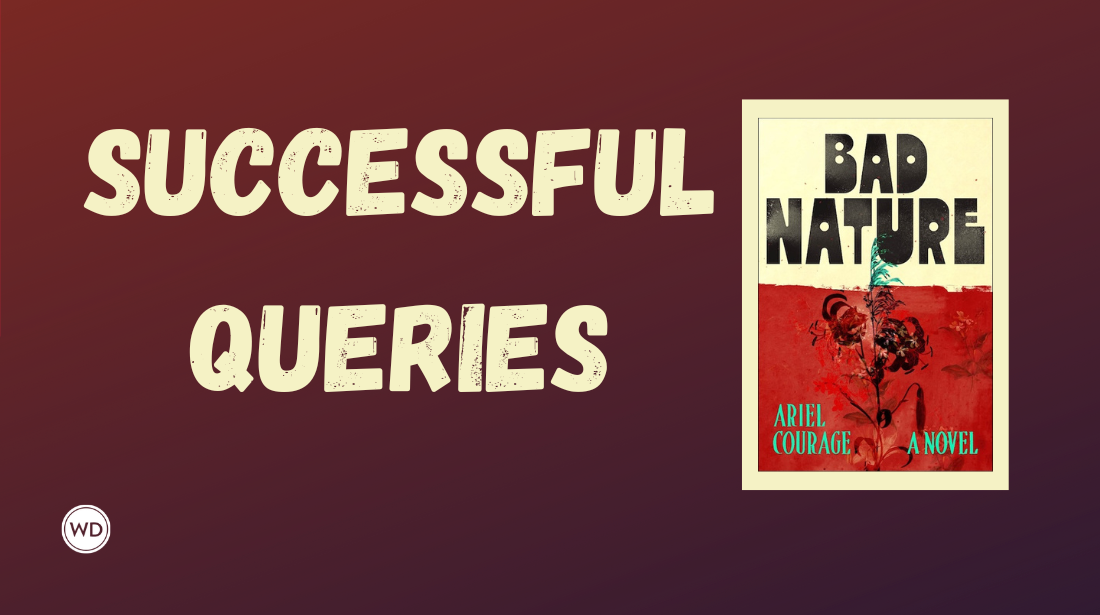8 Ways to Charge for Your Freelance Writing
Have a better sense of what you can make for your writing with these 8 ways to charge for your freelance writing by C. Hope Clark.
When becoming a freelance writer, you pitch to all sorts of markets. Some are one-time articles while others are contracted project work. Some may put you on retainer and others demand a certain production per week.
You don’t realize how many ways there are to be measured and paid until you become a freelancer. Sometimes the market is flexible to your preferences, and at other times you must be flexible to theirs.
So, what are these different options to earning a living as a freelance writer?
Flat Rate
Just like it sounds, you and your customer negotiate one flat rate for a product. You go into the gig with an estimate of the time it will take you to produce a particular word count and agree to one price. But what initially sounds simple can become complicated with an inexperienced or manipulative client.
Does that rate include multiple edits? With a magazine, the editor may make changes and you suffer the results, which could be anything from altering voice to nixing the article altogether and paying a kill fee.
With a company hiring you for website copy, you may find yourself editing multiple times. Your customer might consist of six different sets of eyes you aren’t aware of, or some boss in the mix changes their mind in the middle of it all. You may be writing a commercial guidebook or an e-book, a one-time article or a long-term series of posts. The longer the project, the more chances for rewrite requests or changes in direction.
Have some sense of editing parameters when deciding on a flat rate, and in more complicated cases, calculate in time for these changes, or tell the client there will be add-on costs after a certain point.
Hourly Rate
Writing material like newsletters, business copy, or commercial scripts can pay per hour. Companies hire all sorts of writing and editing, from white pages to employee handbooks, website updates to social media updates, in which case you bill hourly to avoid a lengthy contract with different prices for different items. Know what you are worth and be sure to be attentive to travel, research, and collaboration meetings in the mix.
Per Word
Getting paid per word is conducive to certain projects like most levels of editing, writing a script, translating, or ghostwriting. It’s a simple method, but be prepared to have a word count range up front so nobody gets surprised, and a reality of how long it will take you to complete that count.
Per Page
Some magazines pay per page, giving you a sense up front how much goes on a page. They are paying based on the cost it takes them to print, which is often defined per page. Online work like SEO/keyword writing/editing is estimated per page as well. Again, a simple task that doesn’t merit a lot of back and forth isn’t difficult to negotiate, but with a longer, more complicated project, you work in some ancillary time for back-and-forth discussions.
Per Post
Social media updates, product reviews, blogging, or work that entails an uncertain quantity of repetitious work can pay per post. Try to learn ahead of time an estimated range of work so that you aren’t turning away other jobs for work that doesn’t occur or accepting other gigs and suddenly finding yourself swamped from an unexpected deluge from your per-post client.
Retainer or Monthly
Some clients may prefer having you on retainer or on call. They aren’t sure how much they will need you, but they want you handy for when they do. While being on retainer is a handsome gig demonstrating confidence in your work, you still need a handle on your hourly rate, your per word rate, or a particular project rate so that calculations can be articulated clearly in your bill. Sooner or later, either side will scrutinize what they got for the time invested and how much work available on that retainer.
You may be required to carve out 10 hours a month for this client, or be expected to run an entire operation, and anything in between. Of course, hammer down a contract with clear understanding as to what is expected if the work exceeds or does not meet expectations. On the good side, retainers can seriously level out the uncertainty of a freelancer’s income.
Added Value
This method is geared toward the more seasoned freelancer with years of experience. They know their worth from the value they’ve added to many other clients and their projects. Strong negotiations are involved, and you emphasize the results you can guarantee the project based upon your track record.
In your professional world, your proven skillset builds value over time. You may tout that you can help a potential customer save or make money, improve efficiency, or better saturate a market. You can take work off their plate, save them staff, or increase the bottom line. The better you know the client, the better you can calibrate this. But again, it takes a very seasoned writer with a history of success to pull this off.
Commission
Again, like added value, you must have a solid idea of what you are worth in terms of aiding a client in being successful. A commission is more attuned to writing, say, a sales campaign or website sales page, and asking for a percentage of the sales.
Pricing yourself properly takes a degree of stress out of your career. It’s as much effectively managing your time as earning the bucks. Some of this savvy takes the often painful journey of a learning curve. It means studying the market to know what others are charging and learning what clients in the business normally pay. But once you’ve developed a reputation, don’t be shy to ask what you are worth . . . in whatever capacity you want to use to best suit the deal.
C. Hope Clark is the founder of FundsforWriters.com, noted by Writer's Digest for its 101 Best Websites for Writers for 20+ years. She is a freelance writer, motivational speaker, and award-winning author of 16 mysteries. www.chopeclark.com | www.fundsforwriters.com








